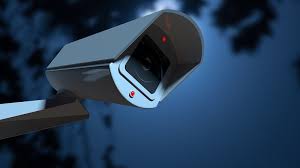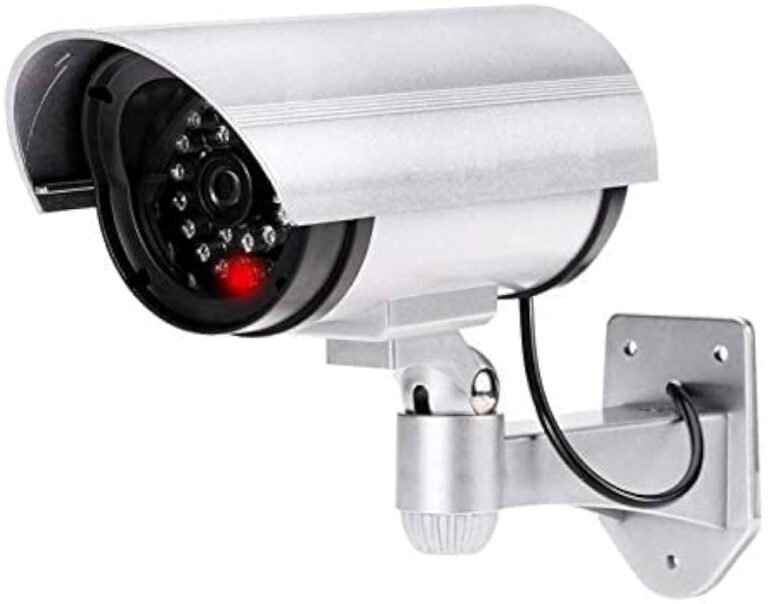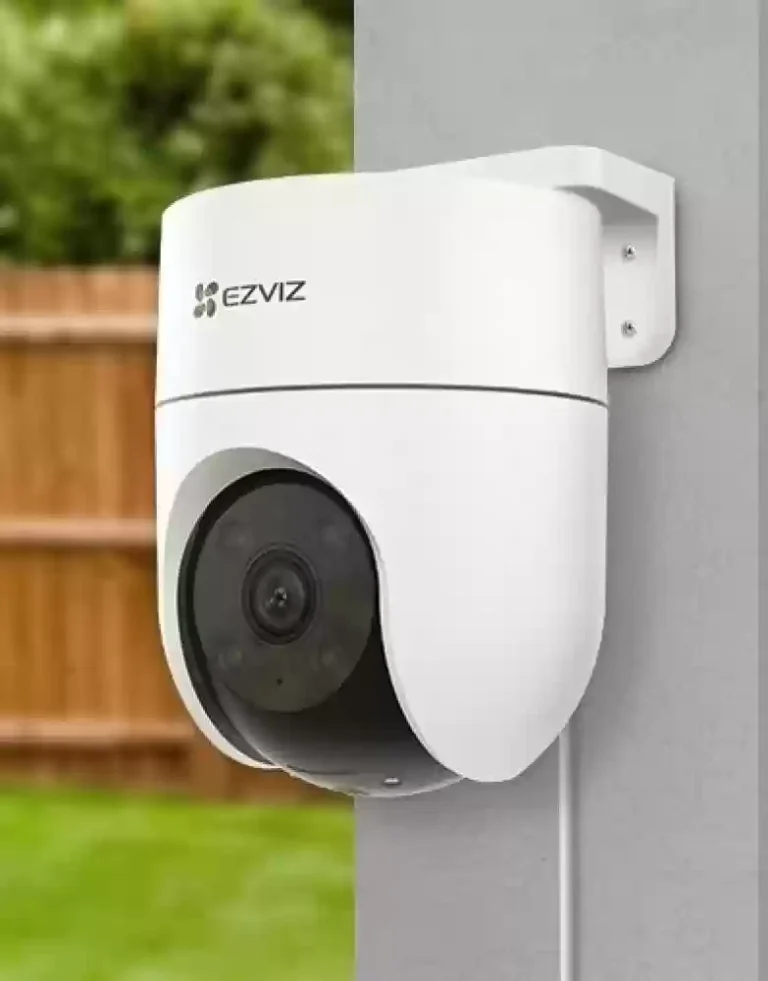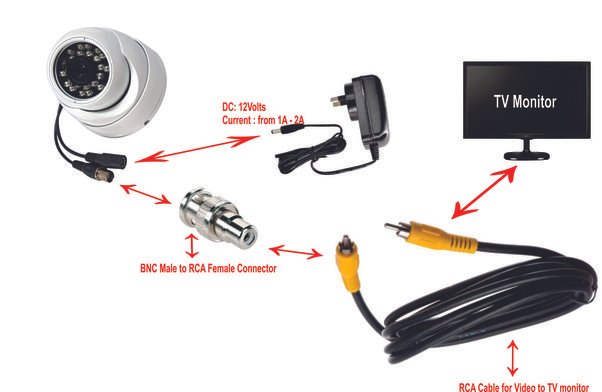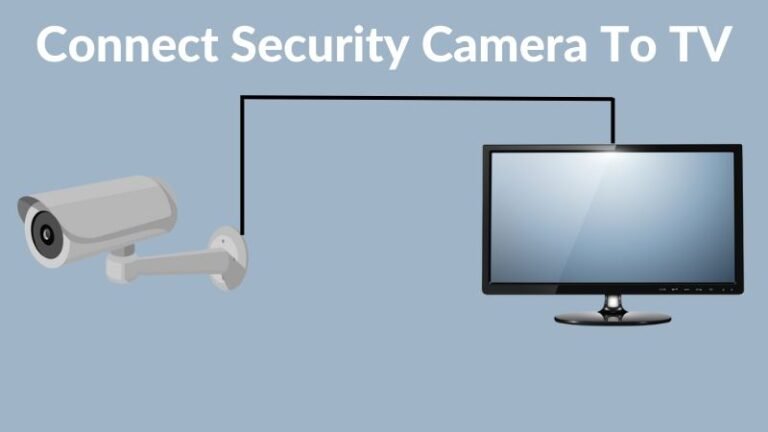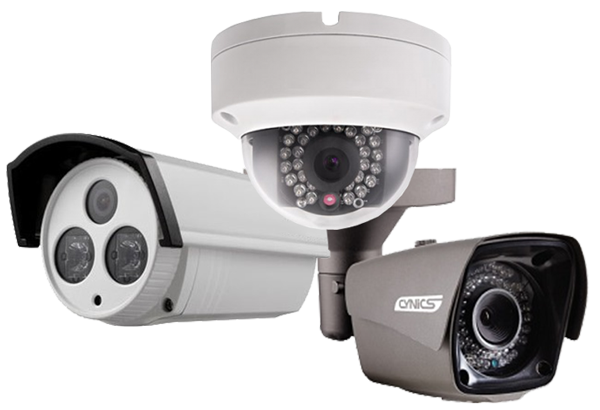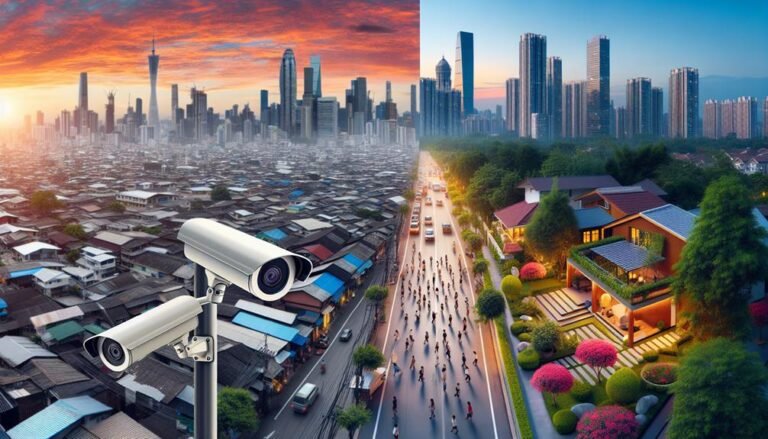Principales différences entre une caméra cloud et une caméra IP
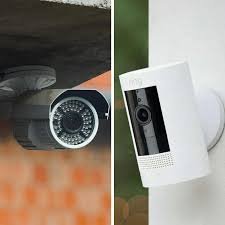
Choisir entre une caméra cloud et une caméra IP dépend de vos priorités. Les caméras cloud stockent les images dans le cloud, nécessitent un abonnement et offrent un accès à distance facile via Wi-Fi. Leur coût initial est moindre, mais elles entraînent des frais récurrents. Les caméras IP…
